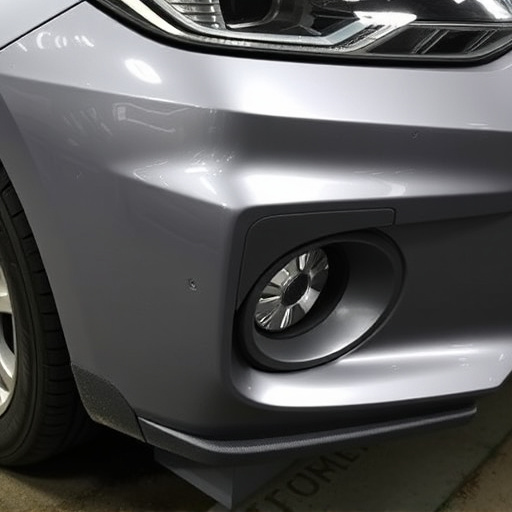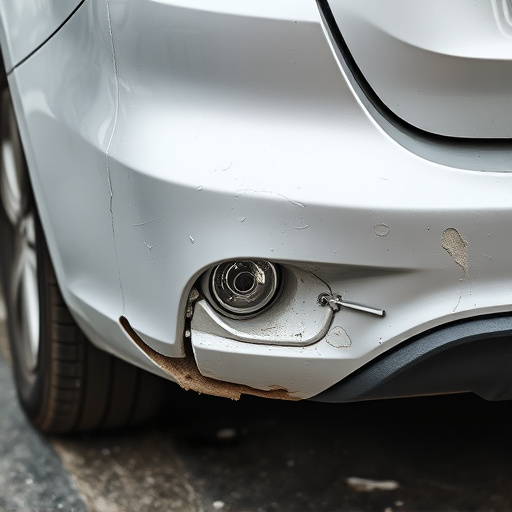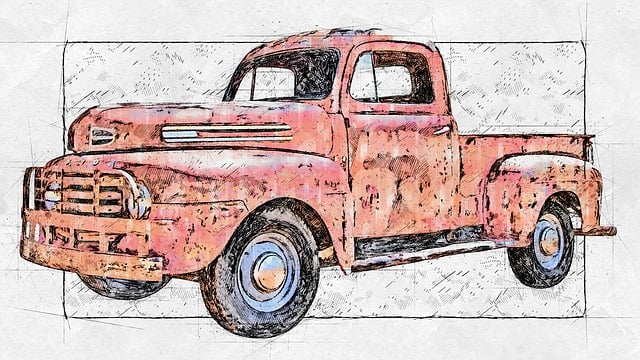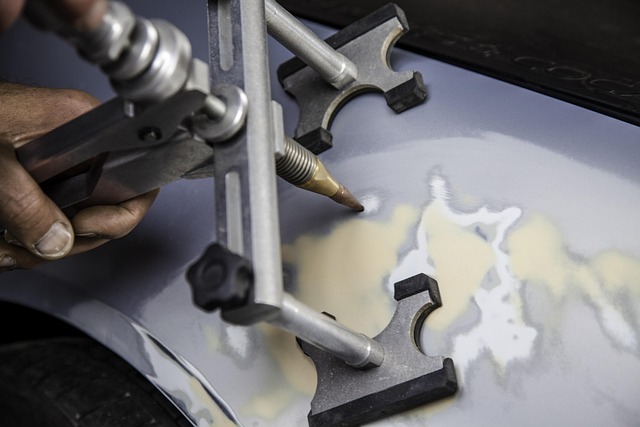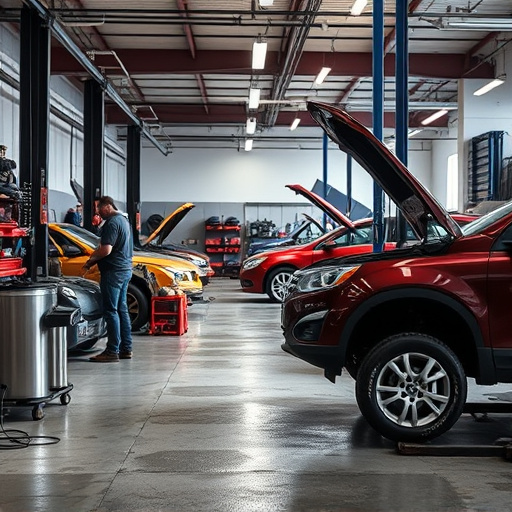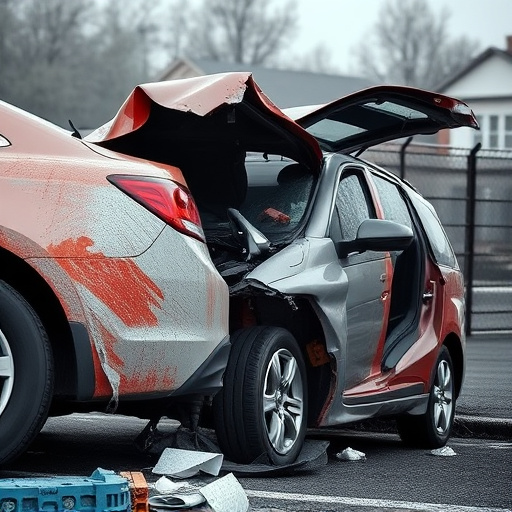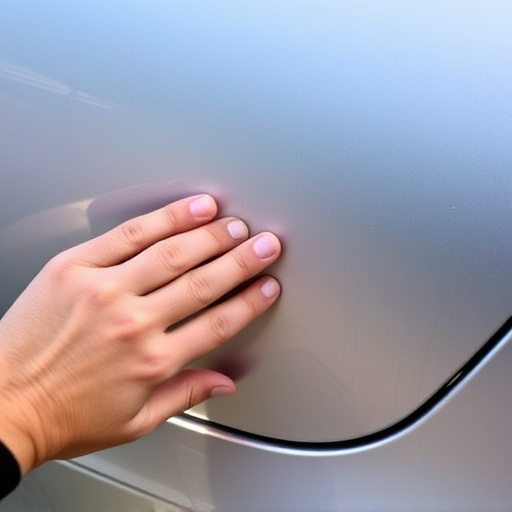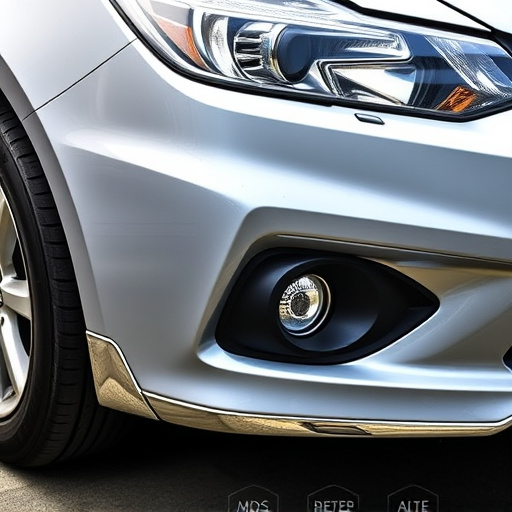Meticulous antique auto restoration documentation acts as a comprehensive guide, crucial for preserving rare parts and techniques while ensuring maintainability, tracking progress, and boosting authenticity. It includes detailed records of specifications, assembly, modifications, and repairs, facilitating communication, sourcing rare parts, and adhering to historical integrity standards. Starting with thorough documentation and regular updates, restorers can ensure no detail is missed, benefiting both future reference and community knowledge sharing.
In the intricate world of antique auto restoration, documentation is more than just a record-keeping task; it’s a crucial roadmap that guides restorers through the journey of reviving historical vehicles. Every detail counts in preserving the authenticity and value of classic cars. This article explores the multifaceted role of documentation in antique auto restoration projects, delving into essential types of records and best practices to ensure these timeless machines are restored with meticulous care and accuracy.
- Understanding the Importance of Documentation in Antique Auto Restoration
- Types of Documentation Required for Restoring Classic Cars
- Best Practices for Creating and Maintaining Effective Documentation Records
Understanding the Importance of Documentation in Antique Auto Restoration

Documentation plays a pivotal role in antique auto restoration projects, offering a comprehensive guide to the intricate processes involved. It serves as a detailed record of every step taken during the meticulous restoration process, from initial assessment to final assembly. This is particularly crucial for antique autos, where original parts and techniques may be scarce or challenging to replicate.
A well-documented restoration project ensures that any future maintenance or modifications can be accurately traced and performed. It facilitates the tracking of materials used, work done, and repairs required, enabling auto restorers to make informed decisions. Moreover, proper documentation enhances the value and authenticity of the restored antique vehicle, providing a historical record for collectors and enthusiasts to appreciate and understand the art of vehicle body repair and auto repair services.
Types of Documentation Required for Restoring Classic Cars

In the intricate world of antique auto restoration, meticulous documentation is akin to a roadmap guiding restorers through the complex journey of reviving historic vehicles. It involves capturing every detail, from the vehicle’s original specifications and assembly records to subsequent modifications and repairs. This comprehensive record-keeping ensures that each step taken during the restoration process is both accurate and traceable. For instance, detailed notes on car paint repair techniques, color codes, and finishes ensure that the restored antique auto retains its authentic aesthetic appeal.
Additionally, documentation plays a pivotal role in facilitating communication among restorers, mechanics, and enthusiasts. It includes schematics, photographs, and descriptions of every component, making it easier to source rare parts or perform specialized repairs like vehicle dent repair. Accurate records also help in preserving the historical integrity of the automobile, ensuring that auto body work aligns with the manufacturer’s original standards and design elements, thereby contributing to the overall authenticity of the restoration project.
Best Practices for Creating and Maintaining Effective Documentation Records

Creating and maintaining comprehensive documentation is a cornerstone of any successful antique auto restoration project. It involves meticulous record-keeping that tracks every aspect of the restoration process, from initial assessment to final touches. Start by documenting the vehicle’s condition before any work begins, taking detailed notes and high-quality photographs that capture the state of each component. This serves as a benchmark for measuring progress and ensures no detail is overlooked during the restoration.
Effective documentation also includes meticulous records of every repair or modification made. For instance, when addressing issues like auto dent repair or fender repair, document the methods used, parts replaced (including specific model and year compatibility), and any challenges encountered. This not only aids in future reference but also provides a valuable knowledge base for other restorers, fostering best practices within the antique auto restoration community. Regularly updating documentation ensures accuracy, facilitating seamless communication with owners and potential future restorers.
Proper documentation is an indispensable aspect of antique auto restoration, providing a comprehensive record of every step taken during the intricate process. By meticulously recording details such as parts used, techniques employed, and historical context, restorers ensure that these classic vehicles are not only restored to their former glory but also preserved for future generations. This detailed documentation serves as a valuable resource, facilitating knowledge sharing among restorers and contributing to the overall longevity of antique auto restoration projects.




